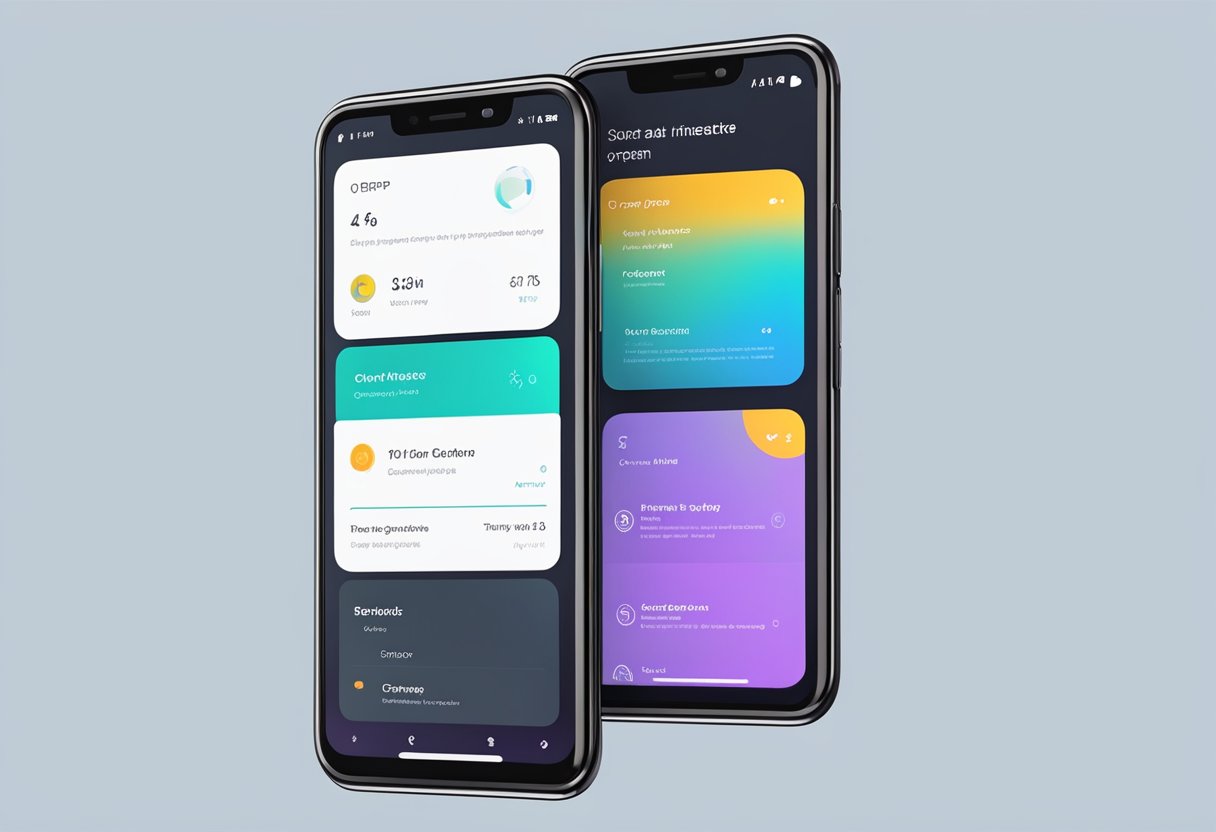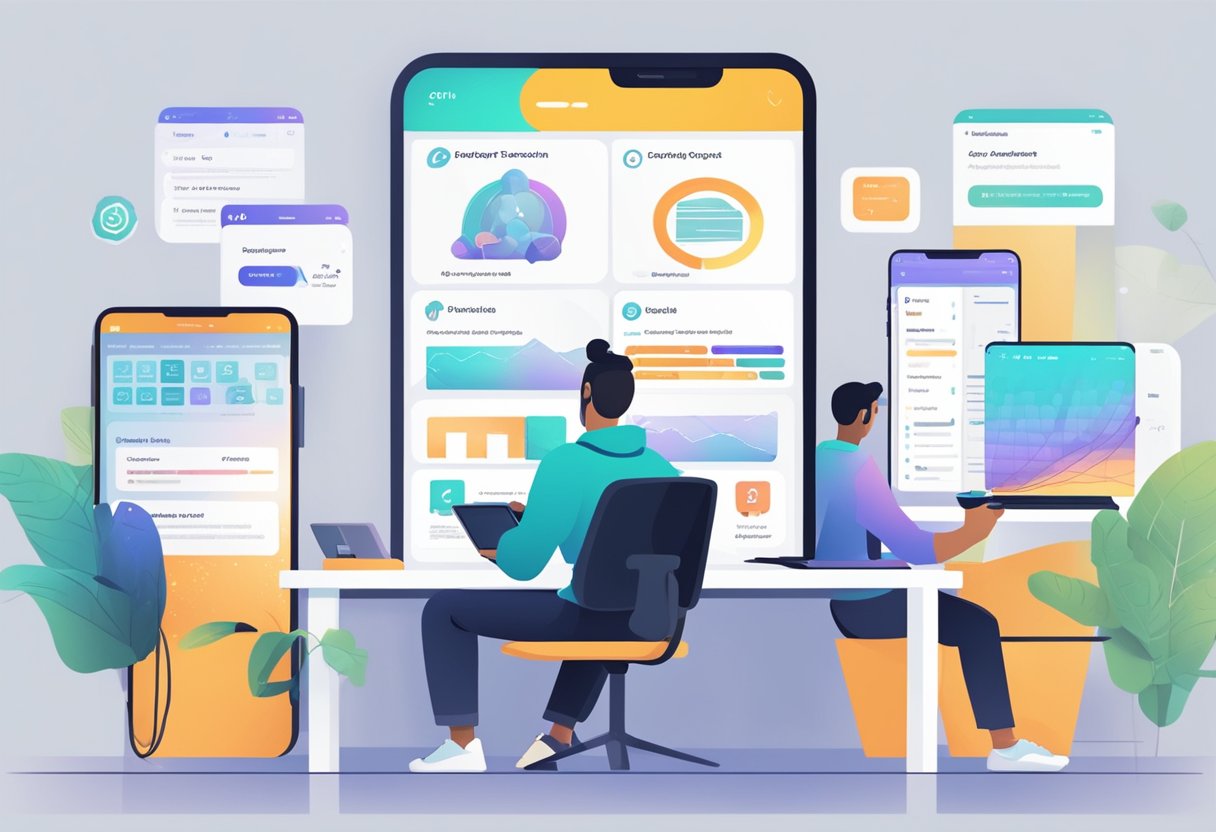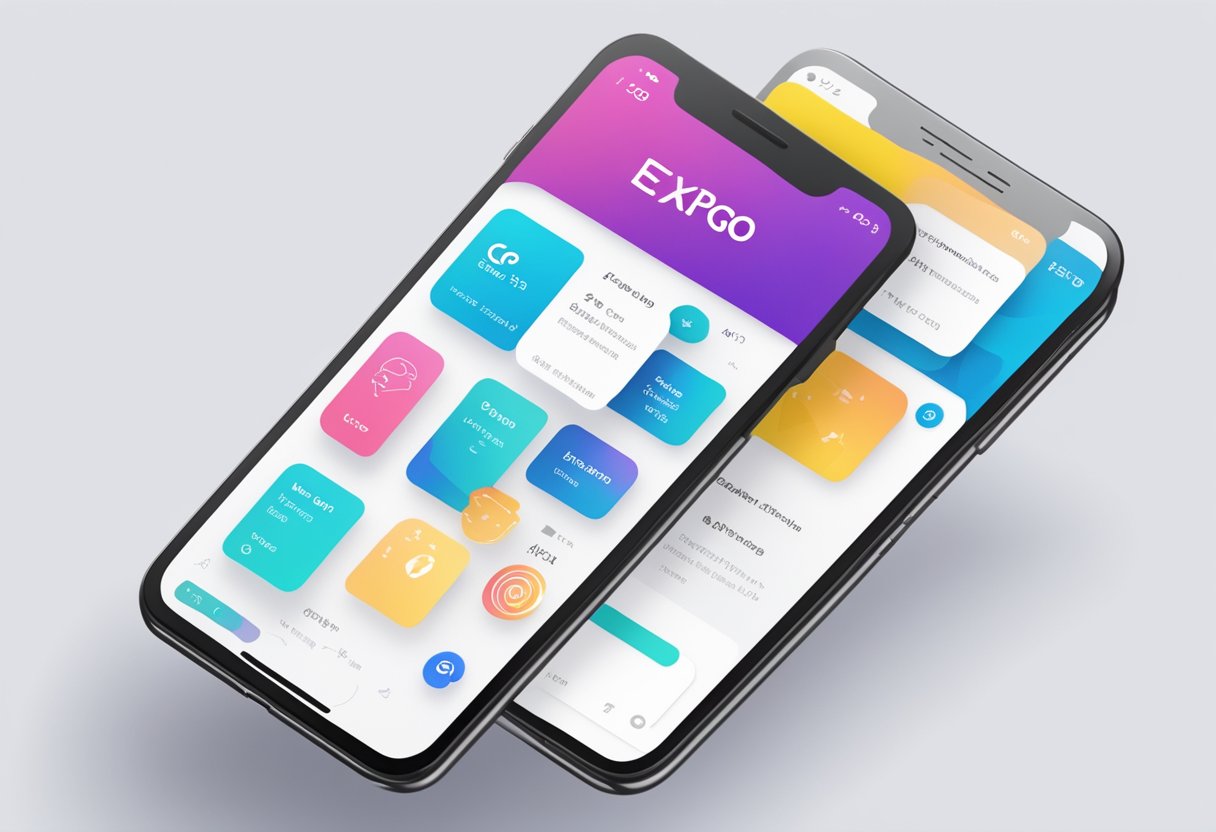React Native Expo Go is a mobile application development tool that allows developers to create cross-platform apps for both iOS and Android. It is an open-source platform that offers a range of features and functionalities to help developers build high-quality, responsive, and scalable applications. With React Native Expo Go, developers can leverage the power of React Native to create native-like mobile applications with ease.

One of the key benefits of React Native Expo Go is the ease of use it offers. The platform comes with a range of pre-built components, libraries, and tools that simplify the development process. Developers can easily create UI components, manage state, and handle user interactions using the platform’s intuitive interface. Additionally, React Native Expo Go provides access to a range of APIs and services, including push notifications, maps, and analytics, which can be integrated into apps with just a few lines of code.
Another advantage of React Native Expo Go is its cross-platform compatibility. Developers can write code once and deploy it across multiple platforms, including iOS and Android. This not only saves time and effort but also ensures consistency across platforms, making it easier to maintain and update apps. Moreover, React Native Expo Go provides a range of tools for testing and debugging apps, ensuring that they function seamlessly across platforms and devices.
Índice De Conteúdo
Getting Started with Expo Go
Installation
Before getting started with Expo Go, you need to install it on your device. Expo Go is available on both the App Store and Google Play Store. Simply search for “Expo Go” and download the app.
Project Setup
Once you have Expo Go installed on your device, you can start setting up your project. The first step is to create a new project using the Expo CLI. If you haven’t installed the Expo CLI yet, you can do so by running the following command:
npm install -g expo-cli
After installing the Expo CLI, you can create a new project by running the following command:
expo init my-new-project
This will create a new project with the default template. You can then navigate to the project directory and start the development server by running the following commands:
cd my-new-project
npm start
First Run
With the development server running, you can now test your project on Expo Go. Simply open the Expo Go app on your device and scan the QR code displayed in the terminal or in the Expo Dev Tools in your browser. This will launch your project on Expo Go, allowing you to test it on your device.
If you encounter any issues while testing your project on Expo Go, you can refer to the Expo documentation or seek help from the Expo community. With these simple steps, you can start developing and testing your React Native projects on Expo Go with ease.
Development Workflow

React Native Expo Go provides an efficient development workflow that allows developers to quickly build and test their applications. This section will explore some of the key features of the development workflow in React Native Expo Go.
Live Reloading and Hot Reloading
One of the most useful features of React Native Expo Go is the live reloading and hot reloading functionality. Live reloading allows developers to see changes in their code immediately after saving, without having to manually refresh the app. Hot reloading takes this a step further by preserving the app’s state while updating the code, allowing developers to quickly iterate and test their changes.
Debugging
React Native Expo Go also provides a robust debugging experience. Developers can use the built-in debugger to inspect and manipulate the state of their app, set breakpoints, and step through their code. Additionally, the Expo client provides a console that displays logs and errors, making it easy to diagnose and fix issues.
Customizing the App
React Native Expo Go allows developers to customize their app’s appearance and behavior using a variety of tools and libraries. Expo provides a wide range of pre-built components and APIs, as well as support for third-party libraries. Developers can also use custom fonts, icons, and themes to create a unique look and feel for their app.
Overall, React Native Expo Go provides an efficient and powerful development workflow that enables developers to quickly build and test their applications. With features like live reloading, hot reloading, debugging, and customization, developers can create high-quality apps with ease.
Expo Go Features

Expo Go is a mobile app that allows developers to preview and test their React Native projects on real devices. It offers several features that can help developers improve their apps.
Camera Integration
One of the most useful features of Expo Go is its camera integration. Developers can use the Expo Camera API to access the device’s camera and take photos or record videos. The API also allows developers to customize the camera’s settings, such as flash mode, focus, and zoom.
Location Services
Expo Go also provides location services that allow developers to access the device’s GPS and get the user’s current location. This feature is useful for apps that require location-based services, such as maps, weather, and transportation apps. The Expo Location API provides several methods for getting the user’s location, including GPS, network, and IP address.
Push Notifications
Expo Go also supports push notifications, which allow developers to send messages to users even when the app is not running. The Expo Notifications API provides a simple way to send and receive push notifications. Developers can customize the notifications’ content, sound, and badge, and handle the user’s response when they tap on the notification.
In conclusion, Expo Go is a powerful tool for React Native developers that offers several useful features, including camera integration, location services, and push notifications. These features can help developers create better apps that are more engaging and useful for users.
Building and Publishing
Building Standalone Apps
React Native Expo Go allows developers to build standalone apps for iOS and Android platforms. To build a standalone app, the developer needs to run the following command in the terminal: expo build:ios for iOS and expo build:android for Android.
Before running the command, the developer needs to configure the app.json file with the necessary details such as the app name, version, icon, and bundle identifier. The app.json file is located in the root directory of the project.
After running the build command, Expo will generate the necessary files for building the app and will provide a link to download the app binary file. The developer can then use this file to submit the app to the respective app stores.
Publishing to Expo Hosting
Expo provides a hosting service where developers can publish their apps and share them with others. To publish an app to Expo hosting, the developer needs to run the following command in the terminal: expo publish.
This command will bundle the app and upload it to the Expo servers. The app will then be available for download through the Expo client app. The developer can also share the app link with others to allow them to download the app.
Updating Your App
To update an app that has already been published to Expo hosting, the developer needs to make the necessary changes to the code and then run the expo publish command again. Expo will then bundle the updated app and upload it to the servers.
Users who have already downloaded the app will receive a notification that an update is available. They can then choose to update the app to the latest version.
In summary, React Native Expo Go provides a simple and efficient way for developers to build and publish their apps to multiple platforms. With its easy-to-use commands and hosting service, developers can focus on creating great apps without worrying about the complexities of app building and publishing.
Troubleshooting and Support
Common Issues
While React Native Expo Go is known for its ease of use, some users may encounter issues while using it. Here are some common issues and their solutions:
- App crashes on startup: This issue can be caused by a variety of factors, including outdated dependencies or conflicting libraries. Updating dependencies and checking for conflicts can often resolve this issue.
- Problems with live reloading: Live reloading can sometimes cause issues with the app, such as breaking the app’s state or causing the app to crash. Disabling live reloading can often resolve these issues.
- App not connecting to the development server: This issue can be caused by a variety of factors, including network issues or incorrect configuration. Checking network settings and ensuring that the app is correctly configured can often resolve this issue.
Community and Resources
React Native Expo Go has a large and active community of users and developers who are always willing to help with any issues or questions that may arise. Here are some resources that users can turn to for support:
- Expo forums: The official Expo forums are a great place to ask questions and get help from other users and developers.
- Expo documentation: The official Expo documentation is a comprehensive resource that covers everything from getting started with Expo to advanced topics like building custom modules.
- Stack Overflow: Stack Overflow is a popular Q&A site where developers can ask and answer questions about programming. There are many questions and answers related to React Native Expo Go on Stack Overflow.
- GitHub issues: If users encounter a bug or issue with React Native Expo Go, they can report it on the official GitHub repository. The developers of React Native Expo Go are active on GitHub and often respond to issues quickly.
By utilizing these resources and following best practices, users can ensure that they are able to get the most out of React Native Expo Go.

